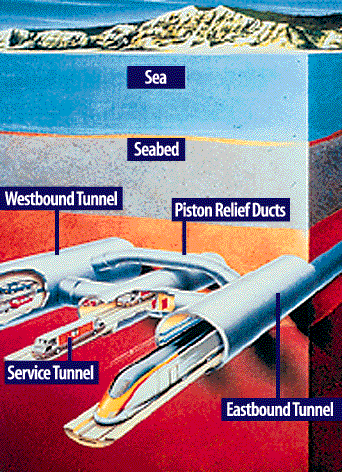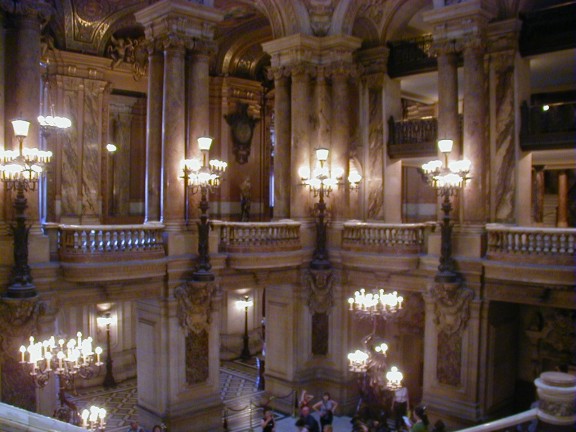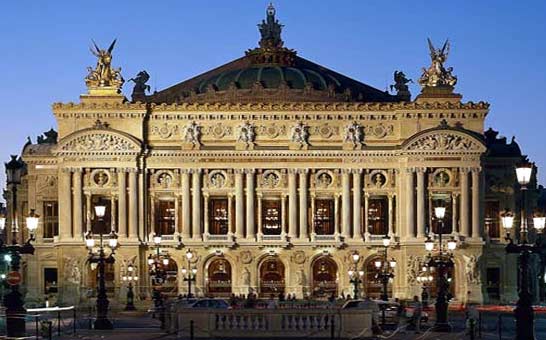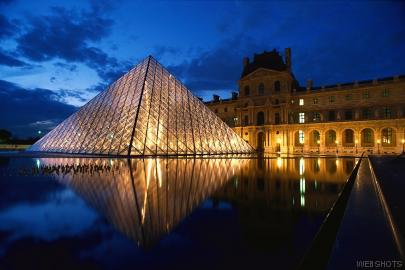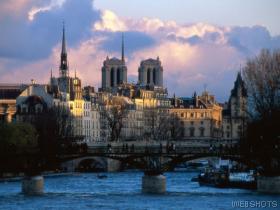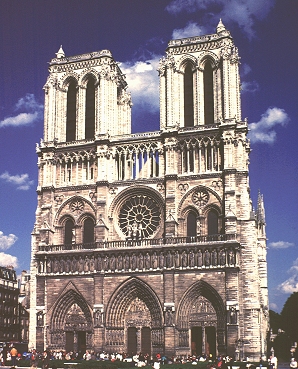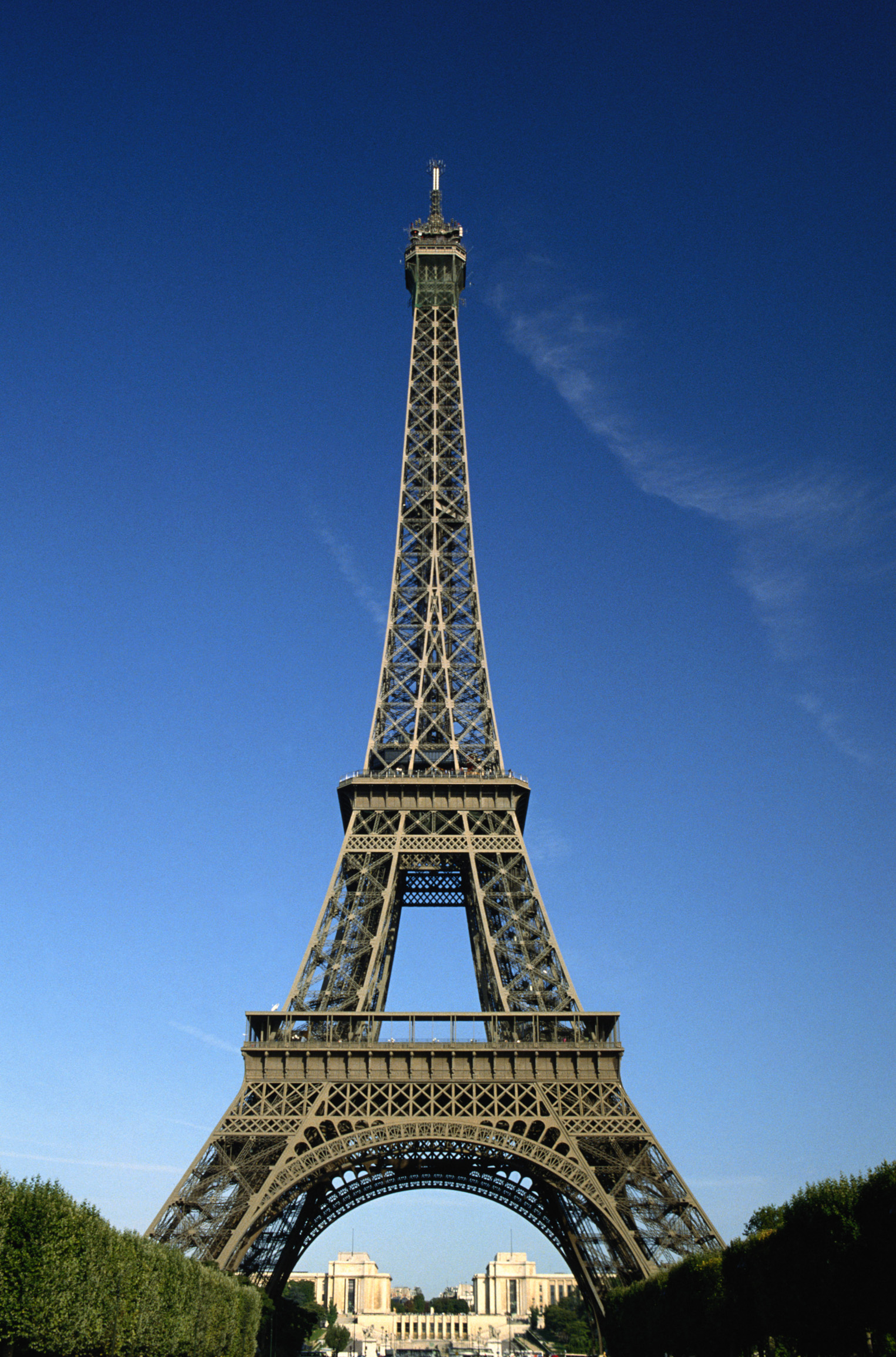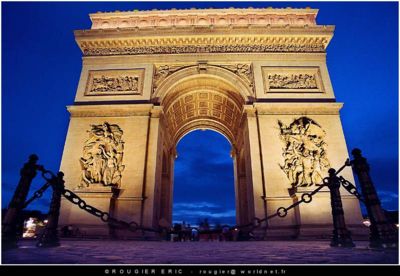Opéra Garnier
The
sumptuous and prestigious Paris Opera
building, designed by Charles Garnier in
1861 and completed in 1875, is one of
the largest theatre venues in the world.
A lavish epitaph to the manic
architectural activities of the Second
Empire under Napoleon III, and aptly
described as a "triumph of molded
pastry," it lent a suitable image to the
frivolity and materialism of the
so-called naughty Eighties and Nineties.
The
sheer mass of its stage — 11,000 square
meters (or 118,404 square feet), with
room for 450 players — seems to dwarf
the respectable 2156-seat capacity
auditorium, whose ceiling was painted in
1964 by Marc Chagall. At the Musée
d'Orsay, one may view a complete
slice-away maquette (model) of
this amazingly ornate edifice, but
anyone with an architectural gilt
complex should make the pilgrimage to
the glimmering marble-and-onyx Grand
Staircase.
When
the emperor and empress were presented
with the model, the latter is reputed to
have questioned, "What is this style?
It's not a style. It's not Greek, it's
not Louis XVI." Garnier allegedly
replied, "No, those styles have had
their day. This style is Napoleon III,
and you complain?"
In
fact, the Opéra was constructed by the
grand bourgeois more as a stage
for self-display: its vestibules,
galleries, stairs, anterooms, and other
areas are much vaster than the mere
auditorium for the select high society
in attendance. Here one could stroll,
step, sip, chat, ogle, and parade
oneself in lengthy intermissions. That
was the point, after all: the operatic
performance itself was an intermission
between obligatory social strutting. The
personalities on view in the foyer and
on the Grand Staircase were considered
as important as the artists on stage
singing Faust or La Traviata.
|
"Napoleon wanted to turn
Paris into Rome under the
Caesars, only with louder music
and more marble. And it was
done. His architects gave him
the Arc de Triomphe and the
Madeleine. His nephew Napoleon
III wanted to turn Paris into
Rome with Versailles piled on
top, and it was done. His
architects gave him the Paris
Opera, an addition to the Louvre,
and miles of new boulevards."
Tom
Wolfe (b. 1931),
U.S. journalist, author.
|
A
few statistics are in order: the Opéra
is 56m (185ft) high, 172m (568ft) long,
and 101m (333ft) wide. The main
chandelier weighs in at six and a half
tons, while 19km (12 miles) of halls and
corridors wind over several levels. It
took 13 painters, 73 sculptors, and 14
plasterers and stucco specialists to
achieve the opulent decor. The structure
is built on top of an underground lake
and stream, which persist beneath its
cellars. The tale for the classic horror
movie, The Phantom of the Opera,
was set here. For an entry fee, you can
stroll around the interior at your
leisure (except occasionally during
rehearsals). The Musée de l'Opéra,
containing a few paintings and
theatrical mementos, is unremarkable. |
